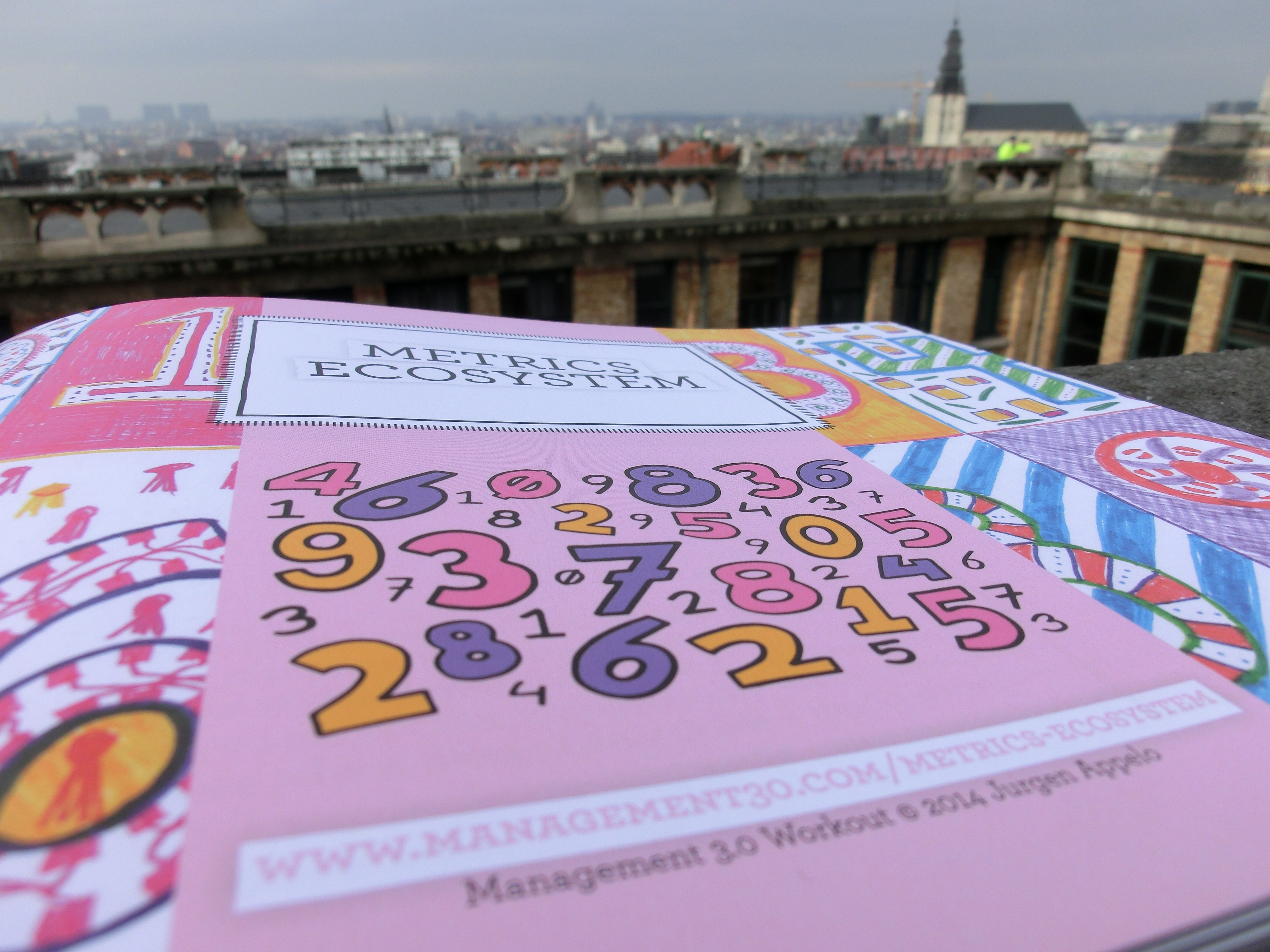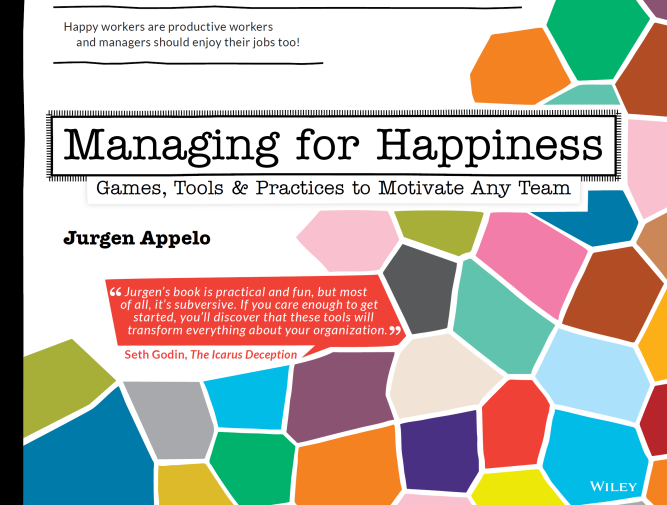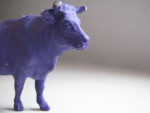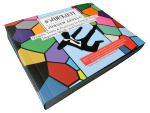The Republic is not what it once was. The Senate is full of greedy, squabbling…

How to Design a Book… Make It an Experience
As an author you’re not just a writer of text. You are the designer of a reading experience.
I’m reading the book Steve Jobs, the exclusive biography by Walter Isaacson. Granted, I’m not a big fan of Steve Jobs, nor have I purchased any of the products he has offered to the world, but there are reasons to admire him. One thing that I can admire is his well-known passion for design and detail. It is, I believe, a talent (or behavior or competence) that is lacking, sadly, among most self-publishing authors.
I believe design is important. I will never claim to be another Steve Jobs, but there is a reason why people call my #Workout book “the most beautiful business book I have ever seen”.
Some examples:
- Did you know that (except for the photos) there are actually only 25 colors used throughout the book? In all illustrations and in all graphical elements, there is only one color orange, only two shades of red, and only two versions of green. Consistency breeds quality.
- Did you know that I used American English for spelling and that I applied British punctuation? My copy editors said it was a peculiar but interesting combination. I made this decision because I appreciate good style. And sorry, American punctuation is just plain weird, in my humble opinion.
- Did you know that the full-color paperback version contains over one hundred fantastic photographs that add nothing to the book except a feeling of quality? Without all those useless photos the book would have been a lot cheaper to produce, but it would also have looked a lot less beautiful.
- Did you know that I thought long and hard about all the various text segments, such as quotes, sidebars, outtakes, lists, stories, etc? I wanted a book that did not have even just one page consisting only of paragraph after paragraph of text. When a book offers people practices and playfulness, the book itself should espouse good practices and playfulness.
- Did you know that illustrations in the book are referred to by inserting miniature versions of those illustrations at appropriate positions in the text? I
stoleborrowed that idea from the book Freakonomics. I thought it was an innovative solution to a common problem. - Did you know that we experimented with various design choices and sent free PDFs to readers for two years to understand what worked best? And did you know that the whole book was designed twice? The first time was to learn, and the second time was to actually produce what we learned!
- Did you know that the paperback version has a spine that protects the book when people leave the book open on a table? The patented cover design prevents the spine from wrinkling, and it allows the book to stay open and flat, so that everyone around can see how good it looks. 🙂
Book design is important.
As with Apple computers and Pixar movies, most consumers probably won’t notice all such details and they may not appreciate all the love that went into the design of a product. But most of them do recognize it when a product is of high quality. The usage of a product is not just a transaction; it is an experience.
For books, it is no different. As an author you’re not just a writer of text.
You are the designer of a reading experience.
Other articles in this series:
- 13 Business Models for Book Authors
- How to Pick a Book Title (in 7 Steps)
- How to Define Your Target Audience... with Questions
- How to Write a Book: Structured or Emergent
- How to Design a Book Cover... 5 Rules
- How to Design a Book… Make It an Experience
- How to Create a Book’s Front and Back Matter
- How to Write a Book… with Feedback and Options
My new book Managing for Happiness is available from June 2016.







